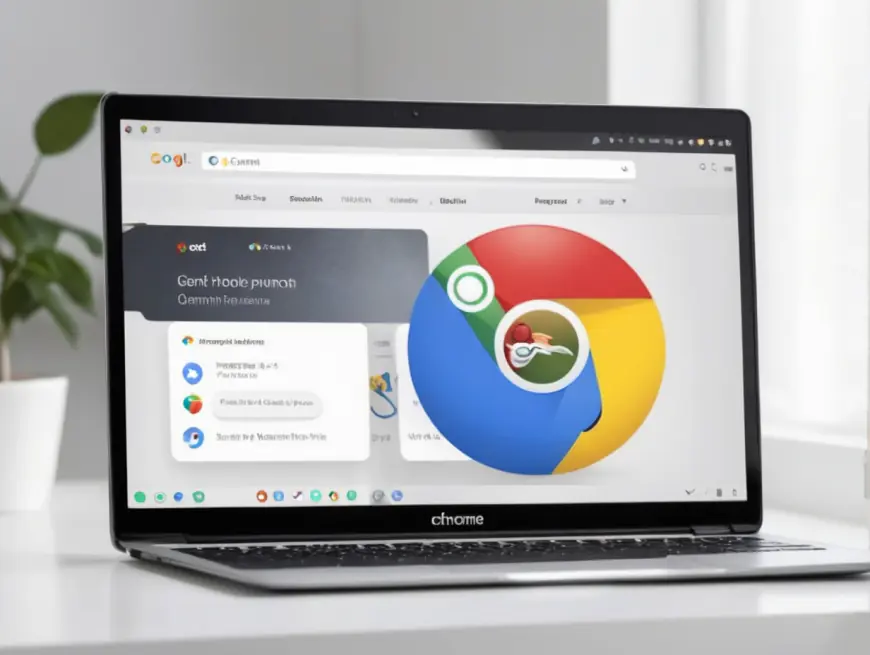Google Announces Integration of Android, Chrome, Hardware, and AI Divisions
As part of its strategic plan to boost its AI capacities, Google reported yesterday its intention to merge the software division, responsible for both Android mobile software and Google Chrome browser, with the hardware division, known for manufacturing popular Pixel smartphones and Fitbit wearables. With Rick Osterloh, who was previously an executive at Google, playing […]

As part of its strategic plan to boost its AI capacities, Google reported yesterday its intention to merge the software division, responsible for both Android mobile software and Google Chrome browser, with the hardware division, known for manufacturing popular Pixel smartphones and Fitbit wearables.
With Rick Osterloh, who was previously an executive at Google, playing the leadership part and the consolidation of the hardware group, the aim of this integration will be to clip the wings of any operational overshadow and fill every shade of innovation. Pichai, the company’s CEO, confidently stated that this integration dwarfs the Android and Chrome bases and will thus boost the aims of making artificial intelligence more broad in the organization.
The move not only reflects a change from Google’s previous opinion of separating androids from hardware but also shows a shift in its perspective. This strategic move started at the level of ensuring fair competition for all producers of Android-based phones. Nevertheless, over the present years, Google has decided to employ its Pixel devices as showcases for AI capabilities with the intention of using hardware and software functions together in order to discover new horizons of possibilities.
Leading the way in consumer technology innovation
In an interview with The Verge, Osterloh noted that the AI technology will be leading all major integration for the phones, and will be shaping the future of mobile technology. The Pixel camera, however, acts as a key example for this purpose, drawing on AI algorithms to improve photos, particularly in low-light conditions and when selecting images. According to Osterloh, deep AI integration is critical, with evidence of how it has completely changed interactions and has influenced the way we perceive services.
Chirag Dekate, an analyst with Gartner, also indicated the fact that Google’s aim is not just to rule the AI world as a consumer as well as in a big enterprise sector. AI incorporation to all aspects of its products and services by Google is the crucial step towards its aim to be the top player in AI economy where things are beginning to move.
Leadership Restructuring and Prospects for Future
One of such changes is the participation of Hiroshi Lockheimer, the head of Google software division having taken up no other title (so far) and is working on the project, which still unrevealed. Nevertheless, while Lockheimer and Osterloh still affirmed that their departures were made on strategic rather than working rival grounds, the rumors of a power struggle had still greatly spread.
In addition to merging the AI research and responsibility teams with the consumer-facing divisions, Google is also indicating deeper AI-driven innovation to be a part of their strategy. Although the effect of these organizational changes on consumer products in the present moment is hardly noticeable, its future implication for emerging AI-enabled technologies is evident.
This demonstrates that Google’s strategy to unify its software and hardware operations is evidence of the motion of AI towards its own entrant point. This will lead to the creation of a highly interdisciplinary team at Google, and in effect, it will help to accelerate innovations and make the company a market leader in the growing era of technology.
Google’s CEO, Sundar Pichai, letter to the employees.
What's Your Reaction?









































































































